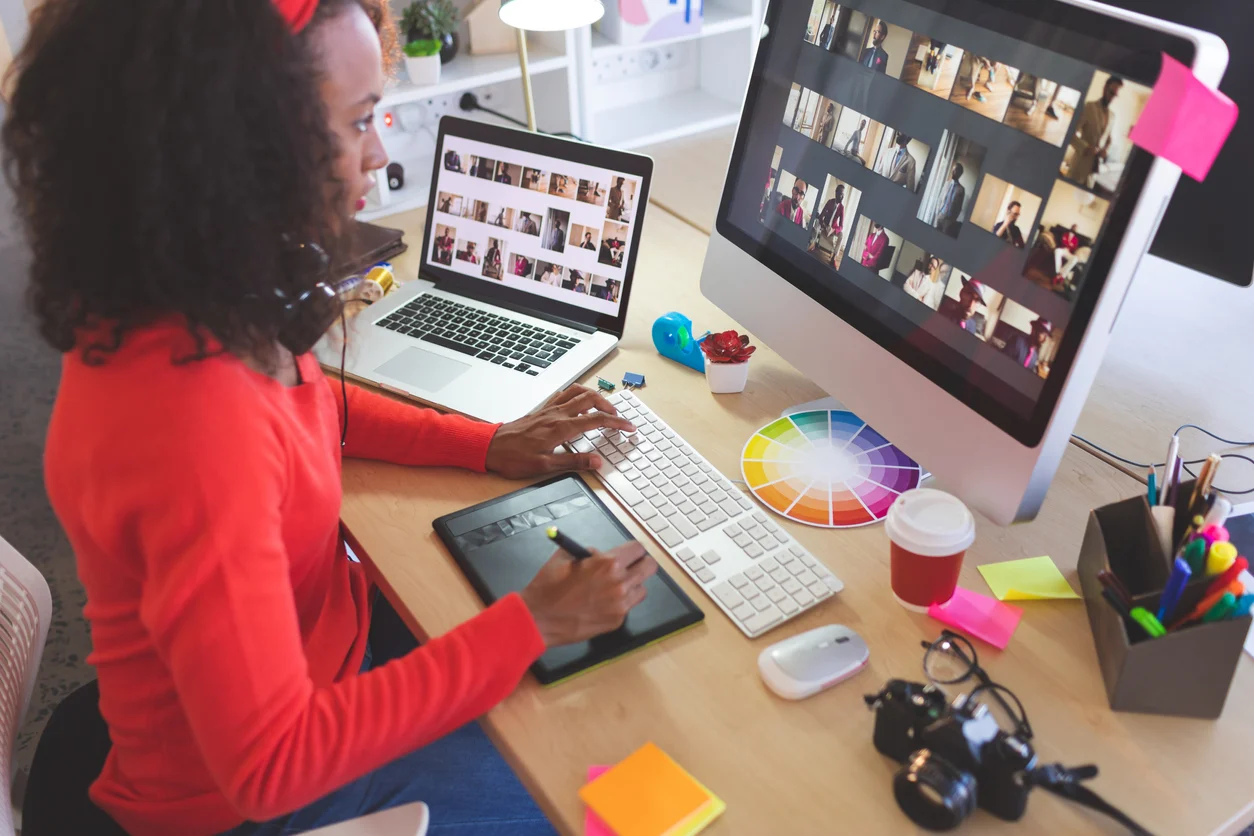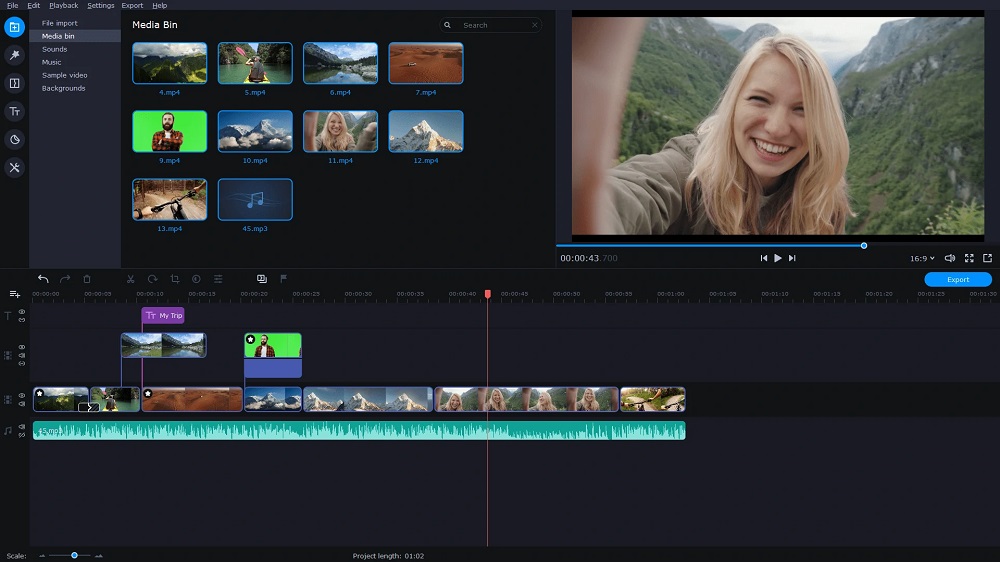You might imagine yourself designing a flier for an event. Instead of launching In graphic design, it’s easy to get fixated on layouts, style, fonts, and colors. However, the reality is that if a design does not help the user, it will not be as good as it could be. In this case, user-centered design, or UCD, is essential.
The term “user-centered” isn’t simply another buzzword. It’s an effective strategy that puts the user at the center of each creative decision. If you’re designing an identity for your brand, a mobile application interface, or even an entire collection of high-quality, printable posters in PDF format for schools and businesses. UCD will ensure that the work isn’t just beautiful, it does the job.
Let’s look at the concept of user-centered design, what it is, why it’s important, and how to apply it for better, more efficient graphic design projects.
What Is User-Centered Design?
UCD is a design process that focuses on the desires, needs, and constraints of the user throughout the design process. Instead of starting with personal preferences or brand guidelines on its own, UCD starts with empathy–asking questions such as:
- Who is going to use this design?
- What is it they are trying to achieve?
- What could be causing them to lose their minds or anger?
Shortly, UCD ensures that the user who interacts with your site gets the most smooth, user-friendly experience that is possible. If that is the case, then trust, engagement, and conversions naturally occur.
The Significance of User-Centered Design in Graphic Design
It Improves Functionality and Usability
There is more to design than merely ornamentation. It is a means of communication. A product label with small, difficult-to-read writing or a poster that is too disorganized and challenging to explore are both ineffective at their main purpose. Users will find it easier to traverse the process of obtaining the information or action they need if you build with them in mind.
It Builds Trust and Loyalty
Users are far more likely to return if they feel that the style “gets” them—that is, if it is simple to understand, visually appealing, and considerate of their time. When it comes to branding, this is crucial because consistent and easy-to-use graphic play a significant role in consumer retention.
It Reduces Rework and Saves Time
Designing with the users at the forefront from the beginning will mean fewer revisions later. Instead of guessing at what your people will be using your product, it is something you already know the answer to because you’ve done the necessary research. This saves time, money, and frustration–especially in large projects involving teams and stakeholders.
Core Principles of User-Centered Design
To incorporate UCD into your projects in graphic design, keep these fundamental concepts in your head:
Empathy First
Begin with research on users. It could include interview surveys, usability tests, surveys, or just simple observations. Know the user’s objectives as well as their pain points and preferences.
Prioritize Clarity
Users shouldn’t have to think about which button to click, what they should read first, or what to make of your images. Use spacing, hierarchy colors, type, and hierarchy to direct attention efficiently.
Make It Accessible
UCD encompasses all users, even those with cognitive or visual impairments. Make use of high-contrast color schemes with legible fonts, alt-text to describe images, and simple design layouts that make your designs available to all.
Test Early, Test Often
Create mockups or prototypes and collect feedback. What is clear to you may not work for someone else. User input is the best to refine your work.
How to Apply UCD in Real Projects
Let’s say that you’re creating educational posters for schools. The user-centered approach could include:
- Discussion with teachers and students about the subjects they find the most useful
- Making sure the layout is clear from across the class
- Utilizing fonts and images that are appropriate for a particular age
- Printing the test version to ensure the clarity and spacing
g straight into Photoshop to design the flyer, you’ll first identify your target audience as a busy parent perhaps browsing through their mobile. The flyer needs to be mobile-friendly, simple to read, and include a marked call-to-action at the top.
Resources such as the free posters that are printable PDFs can be a fantastic starting point, especially if they’re created with the user in mind.
The Future of Design Is User-Centered
As the physical and digital worlds continue to mix, user expectations are growing. They expect seamless, easy, and pleasant experiences. And it’s up to designers to provide. UCD isn’t a stipulation It’s a way of thinking. It makes creatives more discerning, more efficient, and more effective.
Whether you’re working alone or as part of a team, integrating user-centric design into your workflow will yield better results and happier customers. If you’re about to begin your next project, think: “How will this serve the user?” This one question could alter the entire design process.
Final Thoughts
Giving up your originality is not the aim of user-centered design. You should have a reason for being creative. They will look fantastic and function flawlessly if your design takes into account people’s requirements and expectations. Participate, do your research, and design with compassion. The impact it has will astound you.




